Elephant In Indian Painting: From Pre-Historic Period To Rajasthani Style
In the present book, it has been very methodically and logically tried to introduce, the mythological and literary content, significance, symbolic and religious meanings and other aspects of representation of elephant form in Indian art. To present a total view of the development of the elephant form in Indian art, with its different connotation, it has been brought here into discussion, how elephant has been depicted in Prehistoric art, in the art of Indus Valley, in Buddhist cave paintings, the manner and purpose of depiction of elephants that appear on the Palm leaves of Pala and Jain manuscripts, as also in Mughal and Rajasthani miniature paintings to make the chronological order complete.
The comparative analysis of form and composition, line and colour, technique and treatment fo the depiction of the animal (elephant) in each phase in its development in Indian art, have been tried to deal here with special care and minute observation, using appropriate literary references and ample supporting pictorial documents of actual specimens of different Schools and Centers of the country. This gives a clear idea of the symbol and character, philosophy and myth, religious associations and meaning of elephant’s representation in Indian Painting caring of the artistic values.
Get it now and save 10%
BECOME A MEMBER
-
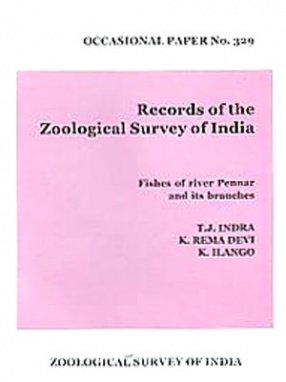
Records of the Zoological Survey of India: Fishes of River Pennar and its Branches
-
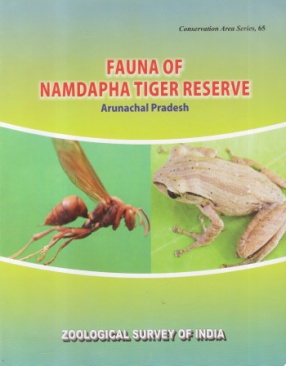
Fauna of Namdapha Tiger Reserve Arunachal Pradesh
-

Contributions to the Knowledge of the Bark and Timber Beetles (Scolytidae: Coleoptera) of the Andaman and Nicobar Islands
-
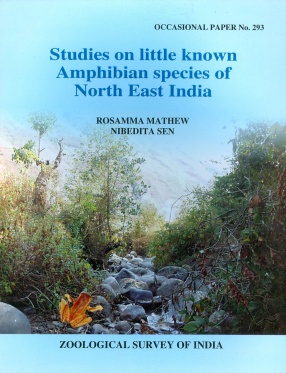
Studies on Little Known Amphibian Species of North East India

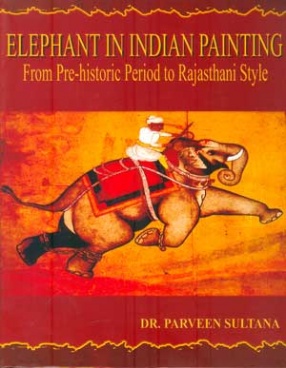
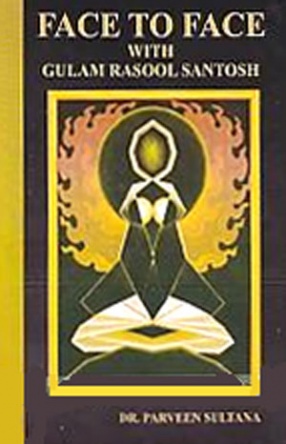

Bibliographic information
Tags